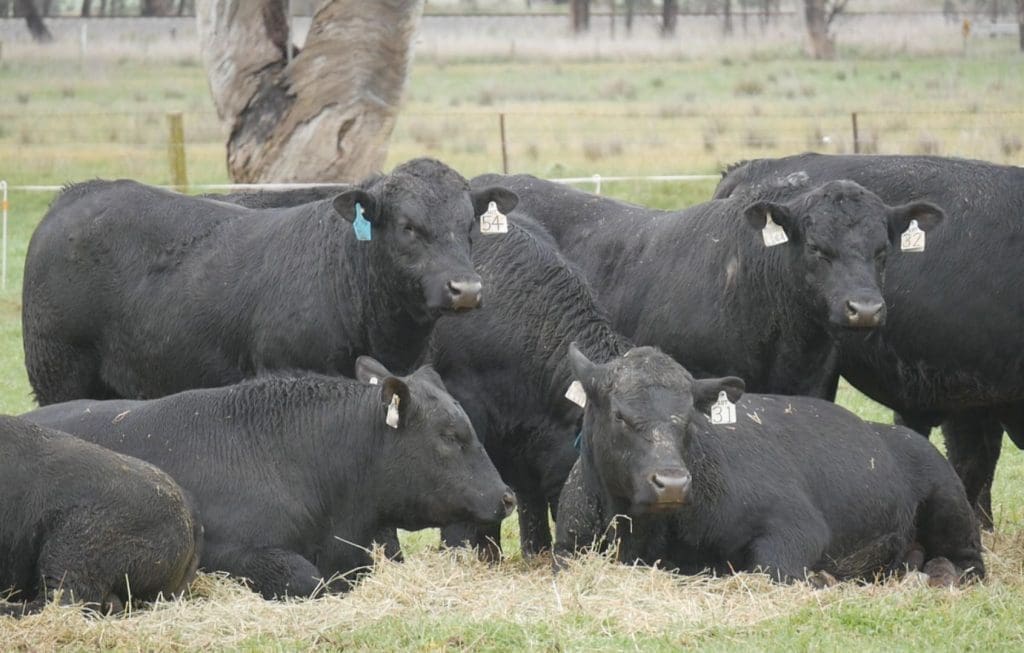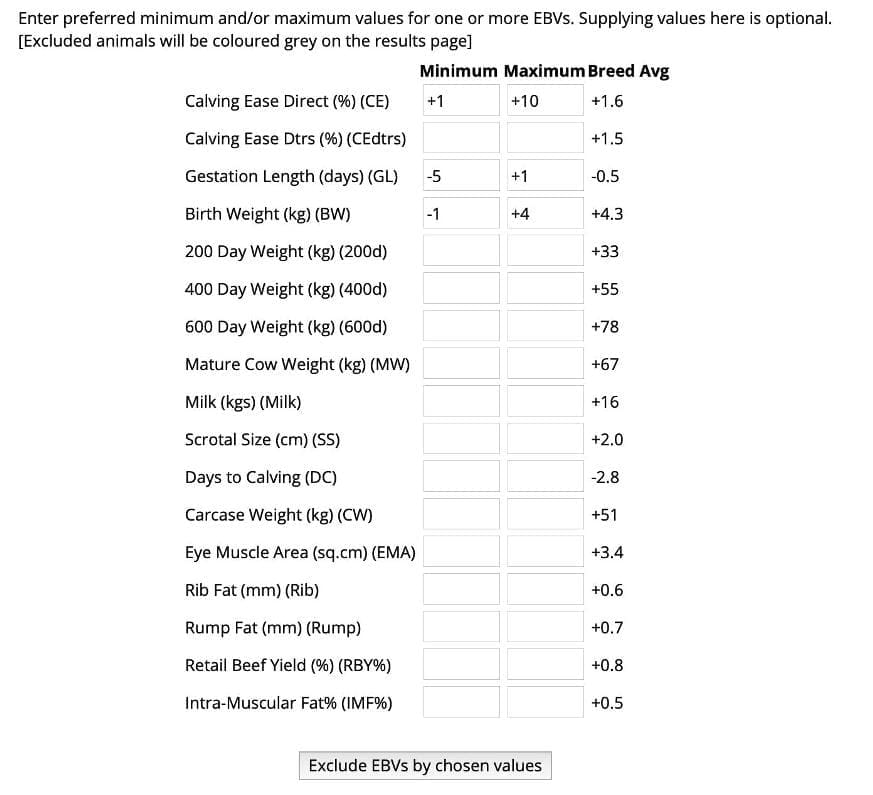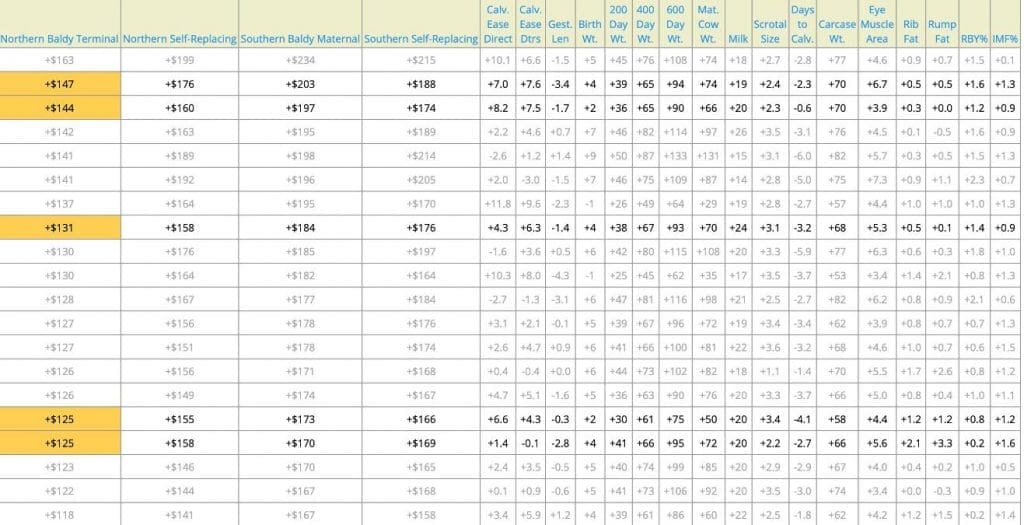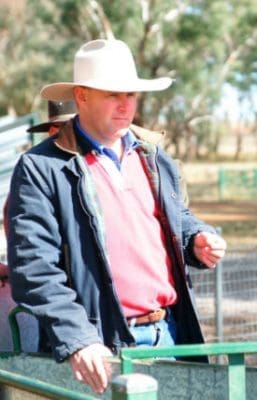This week’s column follows discussions with beef producers who tell me the key equation everyone wants to know is which bulls are heifer bulls? Other buyers say they are struggling to search through data to find what they want or need in a bull. Here’s my approach to searching, using the current tools available on the breed websites, and developing a short list to take to inspections/sales

AHEAD of this year’s spring bull sales, some seedstock operations are in the process of hosting inspections for this year’s draft of sires.
The confidence felt across the beef industry has been demonstrated by the willingness of producers to travel long distances and work around social distancing requirements in order to observe this year’s bull prospects, first-hand.
Search is on for heifer bulls
The interest in sires suitable for joining to heifers has been a noticeable trend across recent inspection days held across NSW, I’ve found. Chris Patterson from Heart Angus Stud near Tamworth described the interest in this year’s draft as extremely encouraging.
“There were plenty of people looking at the bulls in general, but a lot of them want one suitable to go over heifers,” Chris told me.
Further to the west at Burren Junction, Geoff, Robyn and Anna Holcombe operate the Rayleigh Poll Hereford stud. Their recent open day attracted interest from southern NSW and the central west. Geoff reinforced the comments of Chris Patterson, saying, “there certainly was more interest in heifer bulls this year – possibly as more people are joining heifers in order to rebuild numbers.”
Data can be overwhelming
Given the numbers of heifers potentially being joined across herds is greater than previous years, finding sires that are suitable for such programs shouldn’t be left until the day of the sale.
While pre-sale inspections offer the opportunity to assess the bulls on offer, determining their genetic suitability for a program should include inspection of the performance records available on preferred bulls.
However, many producers often find the amount of data available on bulls to be overwhelming. In the next two months, some 31 Angus studs will offer over 1900 bulls, and 20 Hereford breeders will offer close to 700 bulls. So, while there certainly are bulls available, searching through these numbers can be daunting.
An approach I have used with clients that has proven effective has been to use the search function that is provided through the online catalogues provided by various breed societies.
This simple but effective tool is often overlooked by producers. I’ve used it to great success to prepare sire lists ahead of sales and eliminate the confusing approach of notes, highlights and scribbles that characterise many printed catalogues.
Key to using the search function is an understanding of the traits that are of importance to a herd. And while Birth Weight seems to be the key trait for producers this year, its vital not to overlook other traits that can also serve to reduce the risk of calving difficulties. In the case of finding a bull suitable to join to heifers, I consider not just birth weight but the Calving Ease (Direct) EBV.
This EBV estimates the genetic differences in the ability of bulls’ calves from two-year-old heifers to be born unassisted. The EBVs are reported as differences in the percentage of unassisted calvings. Put simply, the higher, more positive, calving ease (DIR) EBVs are more favourable.
I also tend to consider the Gestation Length EBV. This estimates genetic differences between animals in the length of time from the date of conception to the birth of the calf. Lower Gestation Length EBVs indicate an animal is expected to produce calves that are born with a shorter gestation length.
The search function online allows producers to set their preferred parameters around the traits of importance. So, in the case of heifer bulls, I would search for bulls that have above average EBVs for Calving Ease (Dir); Average or Below Average for Birth Weight and for lower than breed average Gestation length.
To find the search option, users should select the catalogue they are interested in. Following the click option to Link to Breed Object, this will bring a new page up with the Index values and EBVs for all bulls in the catalogue. From here the option of creating your own EBV filter is available.

It’s not necessary to fill out every EBV value, just the ones that are of importance to your breeding objective – in this example, suitable for heifers.
By selecting the grey box at the bottom, the search function will identify those bulls that meet the criteria.

The animals listed in bold are those that fall into the criteria that suits the program a bull may be used for.
It’s important to note that each breed has sightly different search functions. For example, to search for Angus bulls, Angus Australia provides a search function that allows bulls to be searched across multiple sales.
The final step I follow is to note the numbers of the bulls that have been identified. This list becomes my inspection list for physical suitability. It tends to be a more efficient option to work through an overwhelming amount of data and ensures that the list of potential sires includes only the bulls that fall into the criteria.
As part of ongoing development work, NSW DPI along with MLA and Breedplan are due to release the DeSireBull program, which should offer an even more efficient selection process to find the sires that suit.
Until that point, the search function should be a key starting point in the preparation process that underpins finding the right sire for the job.

Alastair Rayner
Alastair Rayner is the Principal of RaynerAg, an agricultural advisory service based in NSW. He regularly attends bull sales to support client purchases and undertakes pre-sale selections and classifications. He can be contacted here or through his website www.raynerag.com.au

I Would welcome input from Breedplan experts in this discussion. The Calving Ease EBV is a much more sensitive measurement than the others because I understand that it takes only a small number of difficult births from a bulls calves to reduce the ebv significantly. Because the description of the CED ebv relates to expected difficulties from calving 2 yr heifers, if there are calving difficulties experienced from Multiparous cows this will reflect very badly and decrease the CED value significantly. I believe the CED ebv has a component of GL built in to it.
If a Bull is not a heifer Bull then he is a Terminal Sire. Heifer Bulls are Maternal bulls which is decided by the head configuration, shoulder angle, and pelvic angles. If you are running a self-replacing Breeding herd you should join only Maternal Sires to you whole herd. If you continue to join heifers and Cows which are progeny of Terminal Sires then your herd is in a downward spiral for calving ease. So you will not be winning Carcass competitions or feedlot trials with maternal cattle, but you will have more calves per cow and more money in the bank.
Many Studs run terminal type and maternal type factions within the one herd, and variants of each. This is okay if you know what you are looking for but is a mine field for commercial producers purchasing Bulls which can throw either way.
Breed-plan Figures can be used as a safety net but are not a definitive tool. Besides Birth Weight, Days to calving is a useful guide to easy Births. Given an easy Birth a female will cycle quickly and breed faster than a female with a birth that has strained the birth canal needing recovery time before normal cycling returns, so causing delayed re-breeding.